소개
디지털 시대에는 발광 다이오드 표시 스크린 are everywhere, from street billboards to shopping mall promotional screens to display screens at various events, and they are all conveying important information.
But have you ever thought about how convenient it would be if you could control these screens anytime and anywhere with your mobile phone?
목차
1. What is "remote management of LED display screens with mobile phones"?
In simple terms, it is to control LED display screens with mobile phones through the Internet.
For example, you can sit at home and update the content on the display screen and adjust the display effect through your mobile phone without running to the front of the display screen to operate.
Remote management is the control of the device from a distance through the Internet. Just like controlling a TV with a remote control, except that a mobile phone is used here to control the LED display screen.
1). The difference between mobile phone control and traditional control
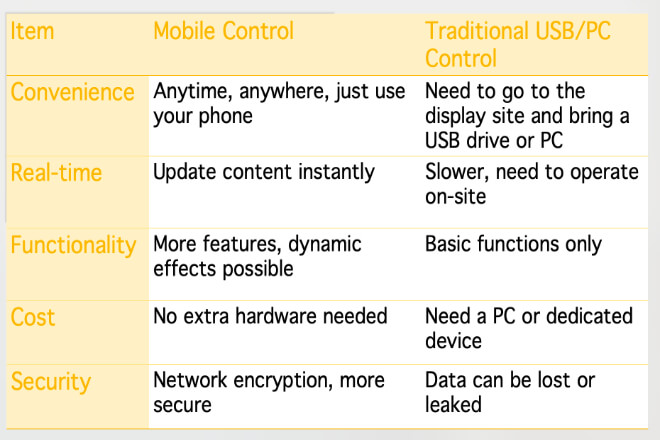
2. What are the current mainstream mobile phone control methods?
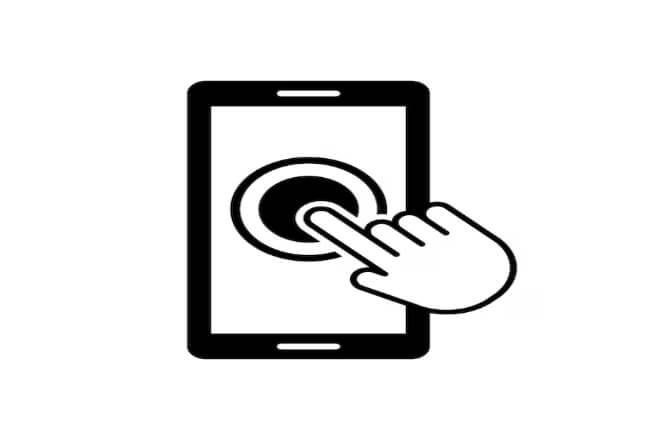
1). Control system based on Wi-Fi or 4G module
Nowadays, many LED display screens can be controlled by mobile phones through Wi-Fi or 4 G. Wi-Fi control is just like controlling the TV with your mobile phone at home.
As long as the mobile phone and the display are on the same Wi-Fi network, they can be easily operated.
예를 들어, 쇼핑몰 or office, you can use the mobile phone app to update the display content, which is very convenient. If there is no Wi-Fi, the 4G module will come in handy.
As long as the display is equipped with a 4G module, no matter how far away you are, and there is a mobile phone signal, you can control the display with your mobile phone.
This control method is particularly suitable for scenes that require remote operation, such as outdoor advertising screens.
2). Introduction to third-party LED screen control APP
There are many mobile phone APPs on the market that can be used to control LED displays. Some are developed by display manufacturers themselves.
The advantages of these APPs are that they work well with the display, are easy to operate, and have good stability.
However, the functions may be relatively basic and suitable for ordinary users. There are also some third-party APPs with particularly powerful functions.
For example, “LED Display Control Software”, which can support content in various formats and can be remotely controlled, is suitable for various complex scenes.
There is also “LED Strip Remote Control”, which can not only control the colour and 명도 of LED lights, but also adjust various cool effects.
In short, you can choose a suitable APP to control your LED screen according to your needs.
3). Nova Cloud Platform + Mobile APP Remote Linkage Mechanism
The Nova Nebula system is very powerful. It can remotely control the LED display screen through a mobile APP and a cloud platform.
For example, if you have several display screens distributed in different places, you can manage them all with Nova Cloud Platform.
You can update the content and adjust the playback plan on your mobile phone at any time, and you can also monitor the status of the screen in real time.
This remote linkage method is particularly suitable for users who need to centrally manage multiple display screens, such as advertising companies or large shopping malls.
With it, managing the display screen is as simple as sending a message with a mobile phone.
3. What scenarios are suitable for remote control with mobile phones?
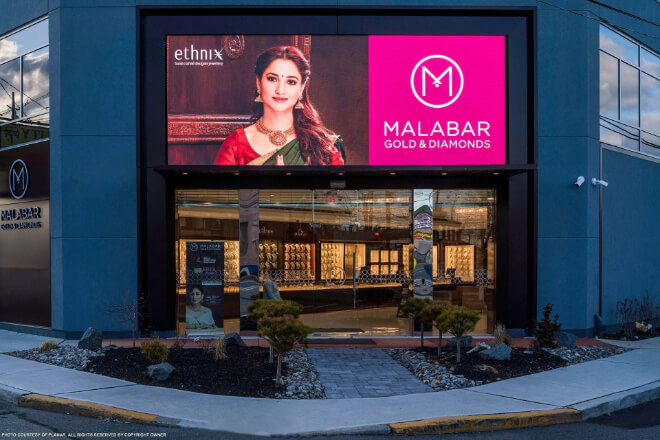
1). Chain stores (real-time promotion updates)
Chain stores are spread all over the country, and the LED display screens of each store need to update promotional information, new product advertisements and other content in a timely manner.
If remote control is carried out with mobile phones, marketing personnel at the headquarters can update advertising content anytime and anywhere without having to go to each store to operate.
For example, a supermarket chain can use a mobile phone to update the day’s promotions in the morning and update the limited-time discount information in the afternoon to ensure that the display screens of each store can display the latest content in real time to attract customers.
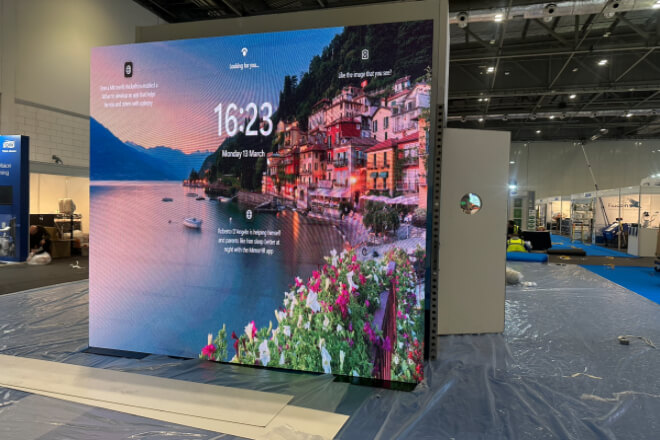
2). Temporary event/전시회 LED 스크린
Temporary events and exhibitions are usually time-sensitive, and the venue layout is also complicated. Remote control of LED displays with mobile phones can greatly save time.
For example, at the exhibition site, the organiser can use a mobile phone to adjust the display content on the screen at any time, such as the introduction of the speaker, product demonstration video, etc.
If there is an emergency at the event site, such as a change of guests or an adjustment of the event time.
The screen content can also be updated immediately through the mobile phone to ensure the accuracy and timeliness of the information.
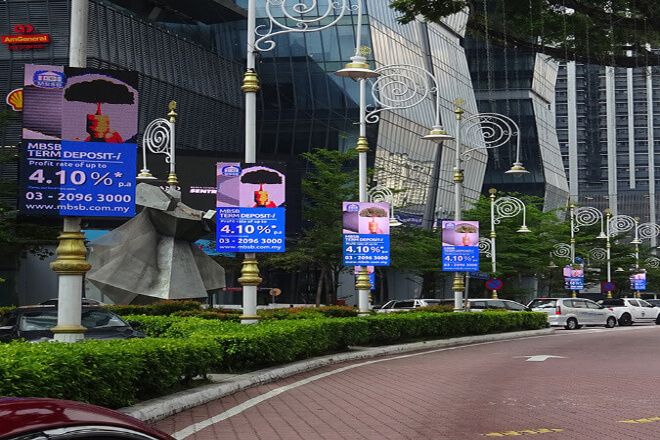
3). Small advertising screens on urban streets
Small advertising screens on urban streets are distributed in various corners and are scattered in locations.
If traditional control methods are used, people need to be sent to the site to operate each time the content is updated, which is very costly.
With remote control by mobile phones, advertisers can easily update advertising content in the office and push different advertisements according to different time periods.
For example, push product advertisements for office workers during the day and push entertainment advertisements for young people at night to improve the accuracy and effectiveness of advertisements.
4). LED screen equipment in remote areas or inaccessible
Some LED screens are installed in remote areas or places that are difficult to reach, such as advertising screens on mountain tops, propaganda screens in remote villages, etc.
These places are inconvenient for transportation and have high maintenance costs.
Through mobile phone remote control, staff can check the status of the screen, update the content, and even troubleshoot at any time through their mobile phones in the city.
This not only saves time and manpower, but also ensures the normal operation of the screen and avoids the inability to maintain it in time due to remote locations.
In short, mobile phone remote control of LED screens is very suitable for those scenarios where content needs to be updated quickly, and the location is scattered or difficult to reach.
It not only improves work efficiency but also reduces operating costs, making the management of LED screens easier and more efficient.
4. What are the advantages of using a mobile phone remote control?
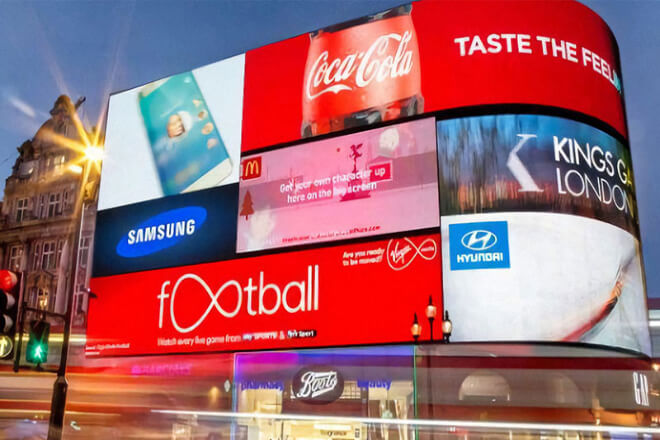
The biggest advantage of using mobile phones to control LED screens is that you can update content at any time without delaying anything.
For example, if you open a chain of convenience stores and suddenly there is a limited-time promotion.
You can immediately send the promotion information to the display screens of various stores through your mobile phone.
Customers can see the latest offers as soon as they enter the store and will not miss any opportunities.
This quick response ability is particularly useful for grabbing customers’ attention and delivering important information, making your marketing activities more timely and effective.
Mobile phone operation is really convenient! In the past, to update the content of the LED screen.
You had to take the computer to the site and connect various cables, which was very troublesome.
Now, as long as you have a mobile phone, you can do it anytime and anywhere. For example, to update the advertisement on the outdoor advertising screen.
You don’t have to run to the advertising screen; you can operate it with your mobile phone while sitting in the office.
Moreover, the design of the mobile phone APP is very simple. Even if you don’t know much about technology, you can easily get started and complete the operation in a few minutes.
If a team is managing the LED display, a mobile phone remote control is even more powerful.
For example, in an advertising company, different people can use their mobile phones to operate the same screen at the same time.
Some are responsible for updating the content, some are responsible for adjusting the playback time, and some are responsible for monitoring the screen status.
Moreover, the system can also allocate authority according to each person’s responsibilities.
Ordinary employees can only update the content but cannot change other settings, while the management can have full control.
In this way, everyone can do their own job and work efficiency can be maximised.
If you have many LED screens distributed in different places, a mobile phone remote control is simply a saviour.
For example, if you are the boss of a large advertising company, your advertising screens are spread all over the city, or even several cities.
Through mobile phone apps and cloud platforms, you can centrally manage these screens, update the content uniformly, and view the status of each screen in real time.
This not only saves the time and cost of on-site operation, but also allows you to see all screens at a glance and easily control the overall situation.
5. Is this reliable? What are the hidden dangers or limitations?
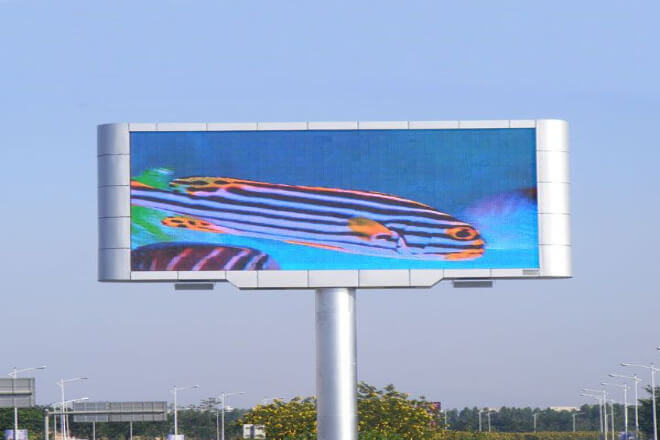
1). Can it be controlled smoothly when the network signal is unstable?
This depends on the quality of the network signal. If the signal is not good, such as in the basement or remote mountainous areas.
The mobile phone cannot connect to the Internet, then there is definitely no way to remotely control it.
Even if it can be connected, the picture may freeze and update slowly. Just like when you watch a movie online, it is easy to get stuck if the signal is not good, and the same is true for controlling the display screen.
2). Information security issues (Is it easy to tamper with the content?)
Information security is a big problem. Remote control transmits data through the network. If hackers target it, they may tamper with the content on the screen.
For example, you originally wanted to play an advertisement, but it was changed into a mess by hackers. That would be embarrassing.
Therefore, there must be security measures, such as encrypted transmission and complex password settings; otherwise, it is easy to get into trouble.
3). Screen system compatibility issues
Different LED display screens are like different mobile phone models, some of which may not be compatible with the control system.
For example, if you buy a new display screen and find that it does not match the APP you use, that would be troublesome.
So, when buying equipment, you must pay attention to compatibility, otherwise you may have to spend more money to adapt it.
4). The operating threshold and user learning cost of the mobile APP
Although a mobile APP is more convenient to operate than a computer, not everyone can easily get started.
Some APPs are complex in design and have too many functions. It may take a while for novices to learn.
Just like the first time you use a new software, you always have to explore it before you can use it well.
5). Is the update of large-screen HD video limited by the transmission speed?
HD video files are very large and take a long time to transmit. If the network speed is not fast enough, the video will be updated slowly or not at all.
It’s like you download a large file with your mobile phone. If the network speed is slow, you have to wait for a long time.
Therefore, HD video updates have high network requirements; otherwise, it is easy to go wrong.
6. How can the stability and security of mobile phone remote control be improved?
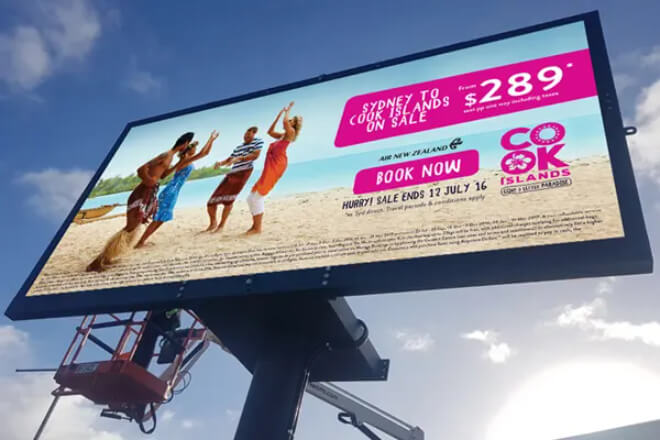
1). Prefer professional control card brands that support mobile phone control
If you want to make the mobile phone remote control of the LED display screen more stable, you have to choose the right control card.
Just like choosing a car, the quality of a good brand is more guaranteed.
Some control cards specifically support mobile phone remote control, such as the control card of Nova Nebula, which not only supports Wi-Fi and 4G modules, but also can be remotely managed through the cloud platform.
These professional brands have been rigorously tested and can better cope with network fluctuations and complex environments.
Using them is like installing a “smart brain” for the display screen, which is easier to operate and more stable.
2). Bind devices, set permissions and content review mechanism
To control security, you must first “lock” the device. Bind the mobile phone to the LED display screen so that only authorised devices can control the screen, and outsiders cannot tamper with it.
For example, only mobile phones within the company can operate the advertising screen, which adds an extra layer of security.
Permission settings are also very important, and different permissions are set for different people.
Ordinary employees can only update content but cannot adjust the playback time; management can have full control.
This can avoid misoperation and prevent abuse of permissions. In addition, the content review mechanism is also critical.
Review the content before it is released to prevent messy things from appearing on the screen.
For example, an advertising company can set up a dedicated person to review the advertising content and ensure that there are no problems before publishing it.
3). Use encrypted channels and cloud platforms of formal service providers
Data transmission must be encrypted, just like putting on “protective clothing” for data to prevent it from being intercepted by hackers.
Formal control systems will provide encrypted transmission functions to ensure data security. It is also important to choose a reliable cloud platform.
For example, Nova Nebula’s cloud platform has very high security standards and can effectively prevent data leakage.
Don’t use those small platforms; otherwise, it is easy to go wrong. The formal cloud platform is like a safe “safe”, which protects your data and operations strictly.
4). Keep the LED device system and control APP updated in time
It is important to update the device and the app. The LED display system and the firmware of the control card should be updated regularly.
Manufacturers will continuously optimise the system, fix vulnerabilities, and improve performance.
Just like the mobile phone system update, timely updates can make the device more stable and safer. The Mobile APP should also keep the latest version.
The new version may add new features, fix known problems, and improve the operating experience.
For example, after the APP is updated, it may support more formats of content or optimise the operation interface.
Timely updates are like “vaccinating” the device and APP to make them healthier and more powerful.
7. 결론
Remotely managing LED displays through mobile phones not only brings unprecedented convenience but also greatly improves work efficiency.
However, any technology has two sides, and issues such as network signals, information security, and compatibility also require us to be cautious.
Fortunately, these problems can be effectively solved by choosing the right equipment, strengthening security measures, and optimising operating procedures.
마지막으로 LED 디스플레이에 대해 더 알고 싶으시다면, 저희에게 연락주세요.
관심이 있으실 만한 다른 기사:
